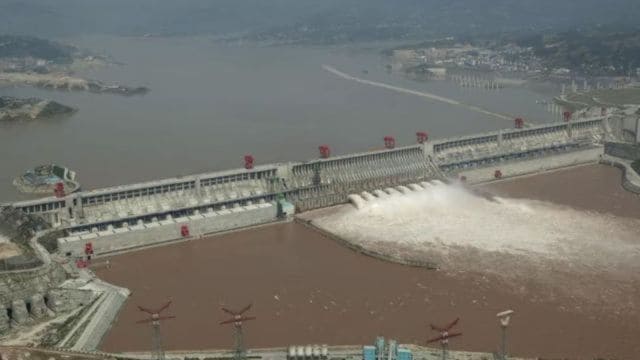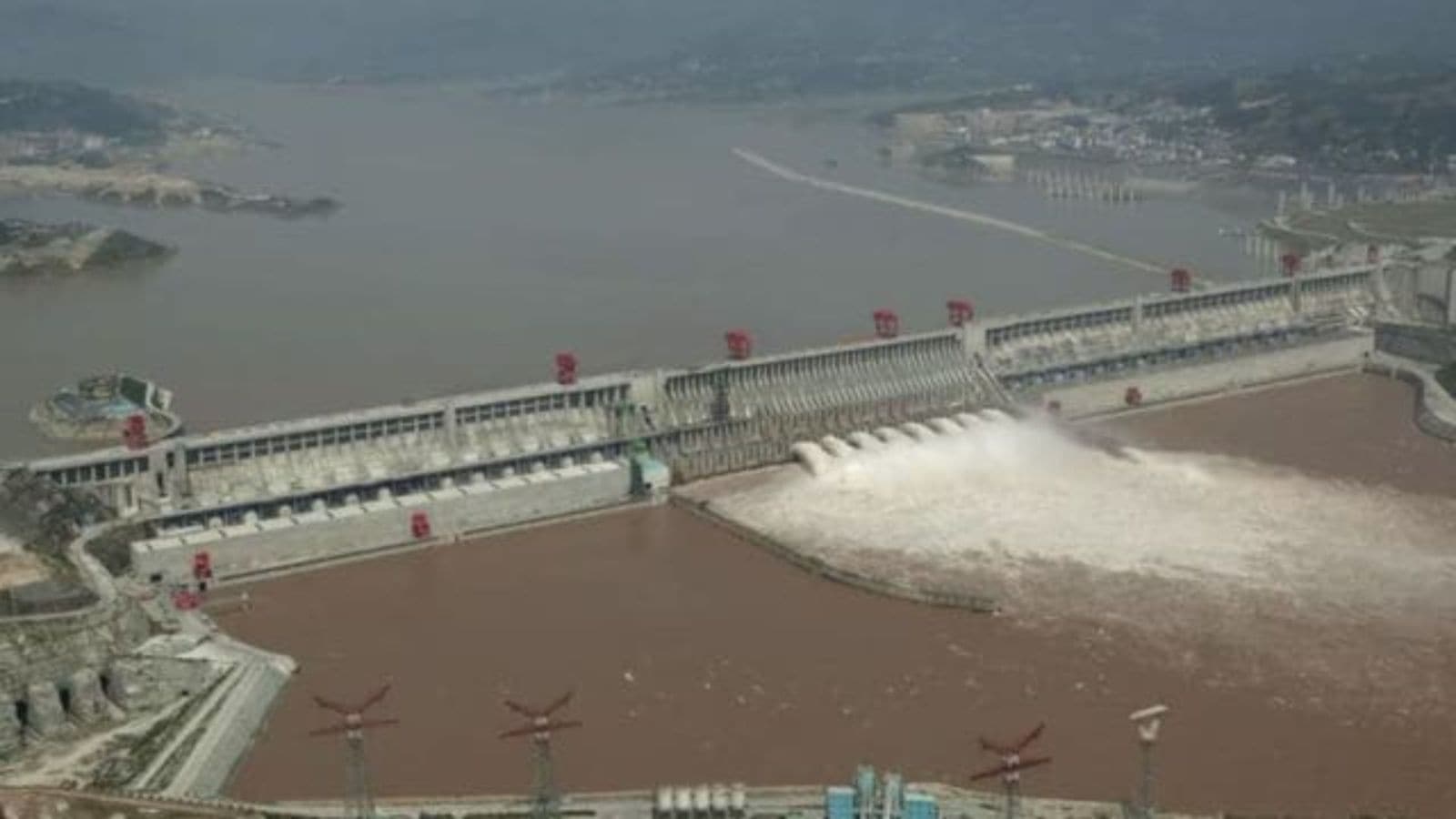

Rouhin Deb
Jan 29, 2025 12:00 IST First published on: Jan 29, 2025 at 12:00 IST
In a recent Indian Express article, Wang Lei, the Hon’ble Chargé d’Affaires at the Embassy of the People’s Republic of China, argues in favour of the Yarlung Zangbo hydropower project, emphasising its potential benefits, such as clean energy generation, disaster prevention, and the promotion of regional cooperation. However, as a lower riparian state, there are substantial risks for India revolving around water security, regional geopolitics and ecological sustainability — issues that merit careful scrutiny.
Water security and environmental concerns
The Yarlung Zangbo or Brahmaputra River is a crucial water source for millions of people in India, particularly in the northeastern states of Arunachal Pradesh and Assam. It sustains agriculture, powers livelihoods and provides freshwater resources critical for survival. Any change in the river’s flow regime could exacerbate these problems. While China asserts that the project will not “consume” water but only harness its potential energy, the manipulation of the river’s flow for hydropower generation can have significant downstream consequences such as the disruption of seasonal river patterns.
Story continues below this ad
For India, this is not just a hypothetical risk — it has already faced devastating floods in Assam and other northeastern states, which are aggravated by unpredictable river behavior. Assam, in particular, lies in the floodplains of the Brahmaputra and is extremely prone to annual flooding, with hundreds of fatalities and thousands of families affected every year. The unpredictability of flood patterns is already a massive challenge; any alteration in the flow of the river caused by upstream hydropower projects could make matters worse.
China’s reassurances about disaster monitoring and environmental protection ring hollow when viewed against its track record on transboundary rivers. The Mekong River serves as a cautionary tale in this regard. Studies have shown that Chinese dams on the Mekong have caused unprecedented droughts and sudden floods downstream, affecting communities in Thailand, Laos, and Cambodia. In this very context, Beijing’s assertions that the project will not impact downstream flows and in turn help prevent disasters are difficult to accept at face value. If the flow of the Brahmaputra is altered without proper safeguards, it could lead to either more frequent flooding or extended periods of drought, both of which would severely impact the livelihoods and safety of millions of people in India.
The argument that the Yarlung Zangbo project will reduce the occurrence of geological disasters and promote ecological protection is, at best, speculative. While China claims that it will take measures to mitigate environmental damage, large-scale hydropower projects have historically led to irreversible ecological changes. In January 2025, Chinese authorities in Tibet detected cracks at five out of 14 hydropower dams after an earthquake, raising concerns about the adequacy of disaster prevention measures. The Brahmaputra’s path through the world’s longest and steepest canyon, combined with the region’s complex geology, makes the area highly vulnerable to seismic activity and landslides. A dam failure or a natural disaster could unleash catastrophic consequences for the approximately 300 million people who live downstream. While the project claims to have fully considered the regional geological environment and ensured disaster monitoring during construction, recent reports suggest otherwise.
Story continues below this ad
Furthermore, there is concern that the Chinese government’s definition of “ecological compensation” may not be sufficient to protect the diverse ecosystems along the river’s path. The Brahmaputra is home to unique species, such as the endangered river dolphin, as well as vital wetlands that support millions of people. The impact of a dam, even with the best intentions of biodiversity preservation, could be far-reaching and irreversible, particularly if the project leads to the disruption of seasonal flooding patterns that nourish the surrounding floodplains.
Geopolitical and regional trust issues
China’s assurances that it will maintain cooperative relationships with India regarding water management are undermined by a history of tensions between the two countries. While it is true that China has signed numerous bilateral treaties and agreements with its neighbours, these agreements are often seen as imbalanced and heavily favouring Chinese interests. India’s skepticism towards China’s motives is not without basis.
most read
The absence of legally binding agreements between India and China on water sharing is a major concern. Although frameworks such as the Expert Level Mechanism (ELM) established in 2006 for cooperation on transboundary rivers exist, they have proven to be insufficient. New Delhi and Beijing should establish a binding and continuous framework to create a real-time platform for sharing river flow data and weather patterns. This is especially important given China’s past denial of hydrological data during times of tension, such as the 2017 Doklam standoff and the 2020 Galwan Valley clash. Articles VI and IX of the Indus Water Treaty, which outline the frameworks for “Exchange of Data” and amicable “Settlement of Differences and Disputes”, respectively, can serve as a source of inspiration for the same.
While China’s Yarlung Zangbo hydropower project promises considerable energy generation and environmental benefits, its potential consequences for India’s water security, regional geopolitics and the local ecology cannot be ignored. A project of this magnitude should trigger the establishment of a comprehensive water-sharing agreement between China and India. Long-term regional cooperation requires not just unilateral assurances but a binding and formal bilateral or multilateral framework that accounts for the interests of all stakeholders. The lack of such a framework, combined with India’s exclusion from the core decision-making process, reflects the asymmetry of power between the two countries in managing this shared water resource. As long as China unilaterally alters shared transboundary rivers, the Yarlung Zangbo project will remain a symbol of contention rather than progress in the fragile dynamics of India-China relations.
The writer is the Chief Economist at the Chief Minister’s Secretariat, Assam


